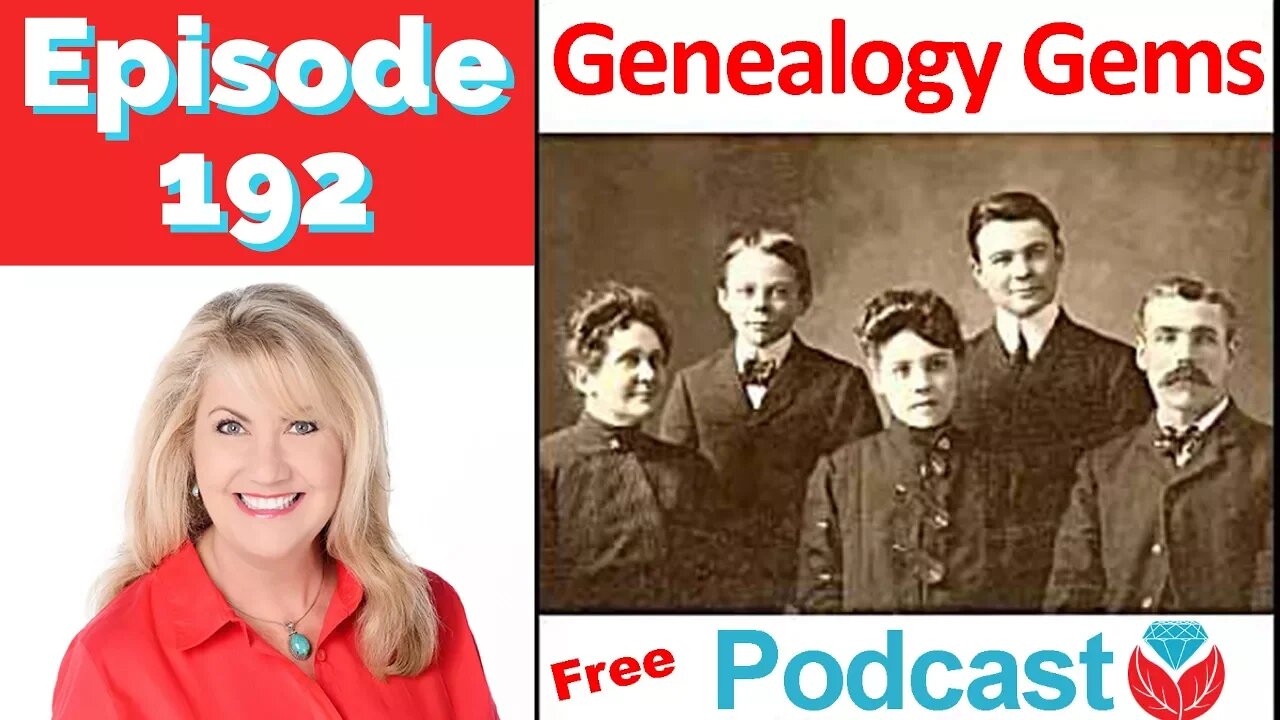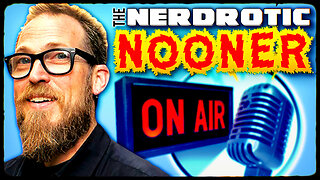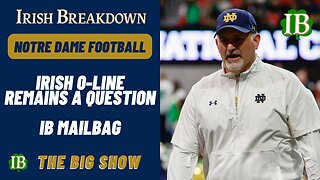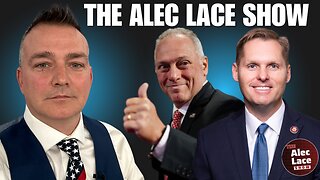Premium Only Content

Genealogy Gems Podcast
Episode 192 with Lisa Louise Cooke
www.GenealogyGems.com
Download our FREE App!
Highlights from this episode:
How to use Animoto, my favorite new tech tool for creating professional-looking slide shows and videos New Genealogy Gems team member Amie Tennant shares insights as she prepares for professional certification A listener shares a favorite genealogy database for finding recent relatives A listener uses DNA to connect adoptive and biological relatives—who were closer than she thought A segment from the Genealogy Gems Book Club interview with author Helen Simonson on The Summer Before the War News from Dropbox and a new initiative to capture the family histories of remote, indigenous populations.
NEWS: Dropbox Improvement New on Dropbox: Now when you share Dropbox content with someone, shared links will stay active even if you move or rename the file or folder.
Dropbox file-sharing tip: “If you ever want to unshare something you’ve already sent out (like to remove access to a sensitive document), it’s easy to disable an active link.” Just sign in to dropbox.com. “Click the link icon next to the file or folder, and click ‘remove link’ in the top right corner of the box that appears. You can also remove the link by visiting dropbox.com/links and clicking ‘x’ next to the file or folder.”
How to share folders on Dropbox
NEWS: MyHeritage and Tribal Quest
TribalQuest.org
FamilySearch Helping Preserve and Provide Access to African Records and Family Histories
Ghana Oral Genealogy Project (on FamilySearch.org)
NEWS: New Premium Video
Getting Started in Genetic Genealogy: a new video available to Genealogy Gems Premium website members by Your DNA Guide Diahan Southard
Genealogy Gems Premium website membership: Click here to learn more.
Click here to watch a free video preview
MAILBOX: Russ Recommends the U.S. Public Records Index
Russ blogs at https://worthy2be.wordpress.com/
Genealogy Gems Podcast episode 181: What to use while waiting for the 1950 census.
Russ recommends the “U.S., Public Record Index, 1950-1993, Volume 1 and 2.”
“Volume 1 is far more interesting with more data. A search will return a Name AND Birth date, along with more than one ADDRESS, Zip Code and sometimes phone numbers.”
Ancestry’s description of its online database for Volume 1 says original data comes from public records spanning all 50 states, such as voter registration lists, public record filings, historical residential records and other household database listings.
U.S. Public Records Index on Ancestry.com: Volume 1 and Volume 2
Free partial version (1970-2009) at FamilySearch.org
Another partial version (1970-2010) at MyHeritage
Thoughts about using the U.S. Public Records Index (some of these points come from the FamilySearch wiki):
Not everyone who lived in the U.S. appears in the index, and you’re more likely to find birth information for those born between 1900 and 1990. What you’ll find is primarily where someone lived, and often when they lived there.
It’s rarely possible to positively identify a relative in this index, since there’s limited information and it spans the entire country for up to a half century, and you can’t follow up on the record it comes from because the index doesn’t say where individual records come from. As Russ says, this is a great resource to use in combination with other records. It’s a similar concept to the way you might consult uncited family trees: great hints to go on and follow up with further research into verifiable sources.
When you find more recent listings, you can sometimes find telephone numbers for living distant relatives. The Family History Made Easy podcast has a 2-episode series (episodes 14 and 15) about cold-calling techniques for reaching out to distant relatives you don’t know.
MAILBOX: Katie on Cold-calling and Adoption and DNA
Katie blogs her family history adventures at McKinnon Ancestry.
Click here to read a blog post with her story and see more pictures that go with it.
INTERVIEW: Amie Tennant
Amie Tennant is the newest member of the Genealogy Gems team. She contributes to the blog at www.genealogygems.com. She is also preparing to become a certified genealogist, which is a professional credential offered by the Board for Certification of Genealogists (BCG).
What have you learned in the process of preparing for certification?
“I think the biggest thing I have learned is the meaning of true exhaustive research. We talk a lot about that in our genealogy standards, but essentially, it is looking EVERYWHERE for EVERYTHING that might shed light on your research question.”
Why do you want to become certified?
I want a way to determine how well I am doing. A measuring stick of sorts.
-
 14:24
14:24
Genealogy Gems - Your Family History Channel
1 year agoExciting new feature at Google Books makes it WAY better!
172 -
 LIVE
LIVE
Nerdrotic
4 hours ago $0.27 earnedThe M-She-U is OVER and Marvel DUMPS Women - Nerdrotic Nooner 476
1,364 watching -

Ben Shapiro
1 hour agoEp. 2167 - MORE TRUMP WINNING: NPR CEO IMPLODES, MS-13 Head ARRESTED
12.2K10 -
 DVR
DVR
The Tom Renz Show
1 hour agoRogan & Musk on Vaccines & Chemtrails - Are They For Real?
188 -
 1:01:08
1:01:08
Timcast
2 hours agoMasked ICE "DISAPPEAR" Anti Israel Protester Migrant, Democrats FURIOUS Over Ice Deportations
140K165 -
 2:05:00
2:05:00
Steven Crowder
5 hours agoWhat Trump’s Massive Auto Tariffs Are Really About | Guest: Bill Richmond
351K325 -
 2:25:42
2:25:42
Right Side Broadcasting Network
5 hours agoLIVE REPLAY: Congress Holds Hearing: “INL Should Fight Crime, Not Fight Conservatives” - 3/27/25
35.8K14 -
 LIVE
LIVE
IrishBreakdown
2 hours agoNotre Dame Offensive Line Remains A Question Mark Through Spring
582 watching -
 DVR
DVR
TheAlecLaceShow
3 hours agoGuests: House Majority Leader Steve Scalise & Rep. Michael Guest | Signalgate | The Alec Lace Show
9.45K -
 1:47:22
1:47:22
Tate Speech by Andrew Tate
7 hours agoEMERGENCY MEETING EPISODE 107 - YOU’RE A NOBODY!
118K57